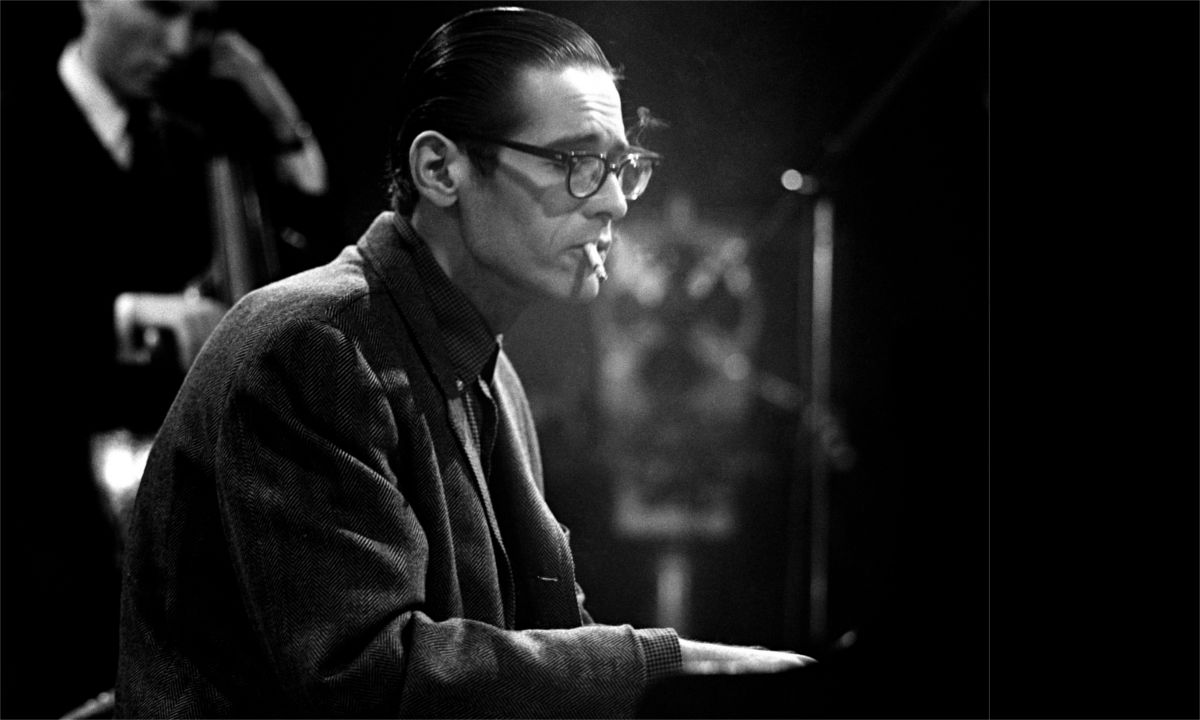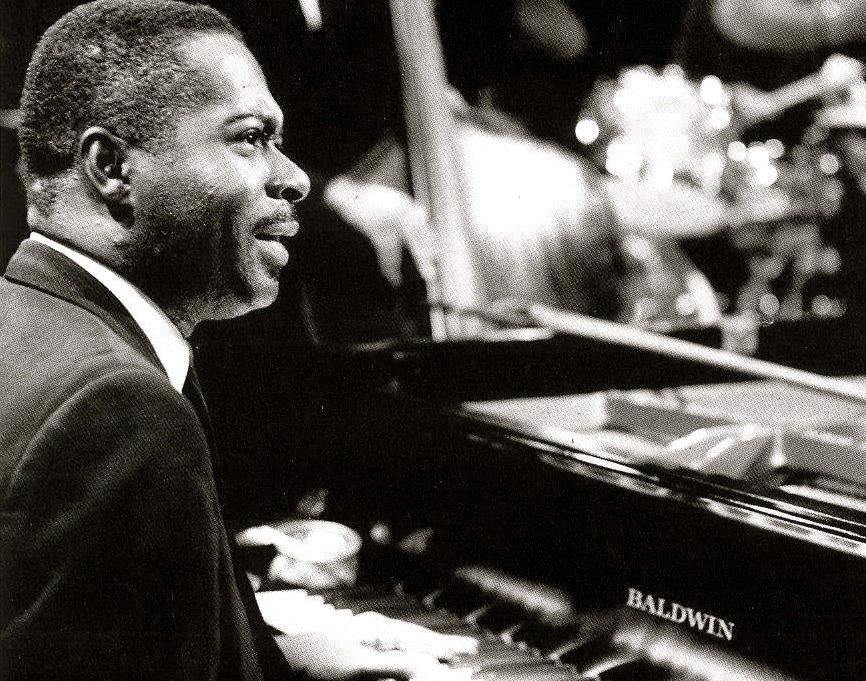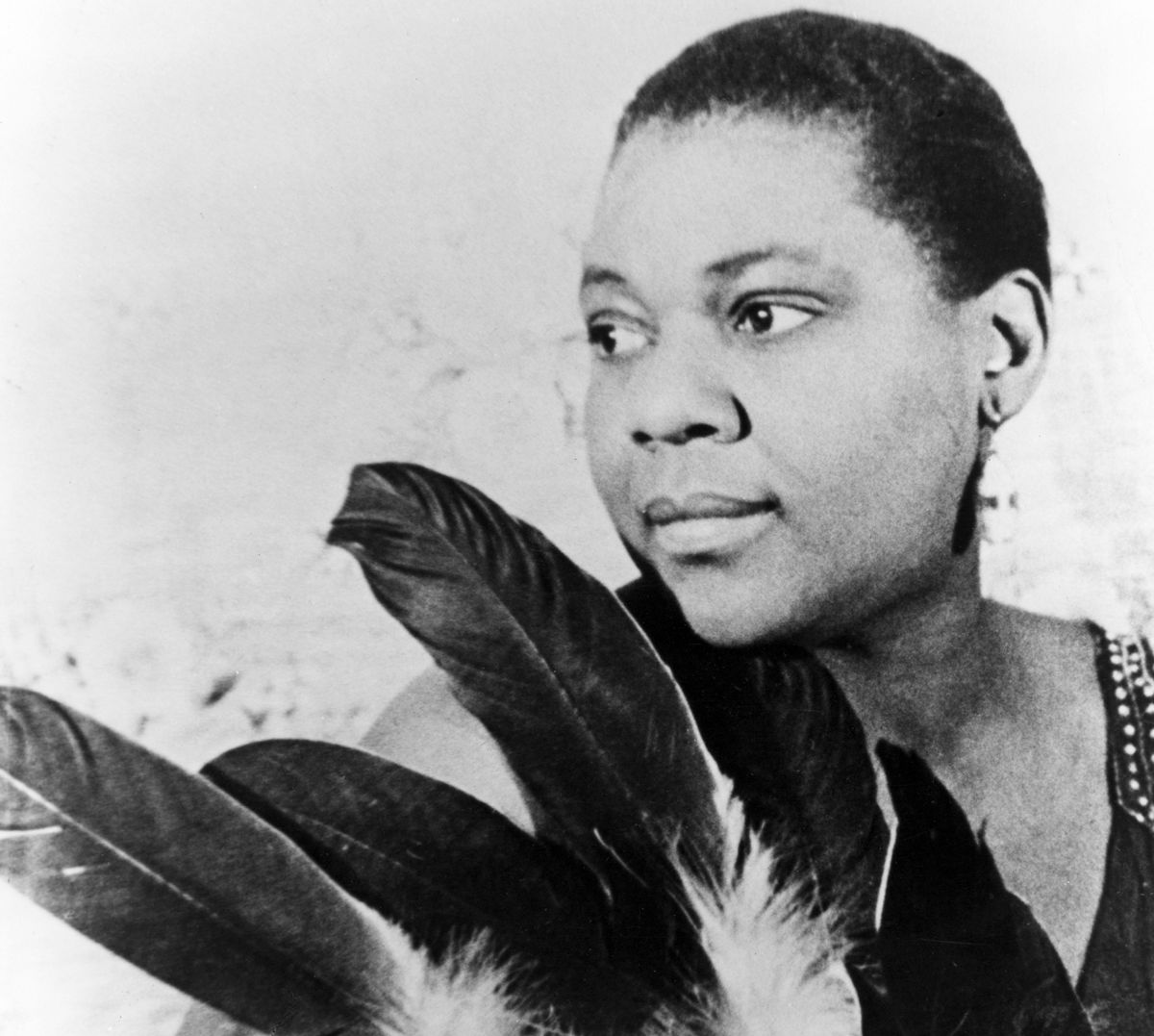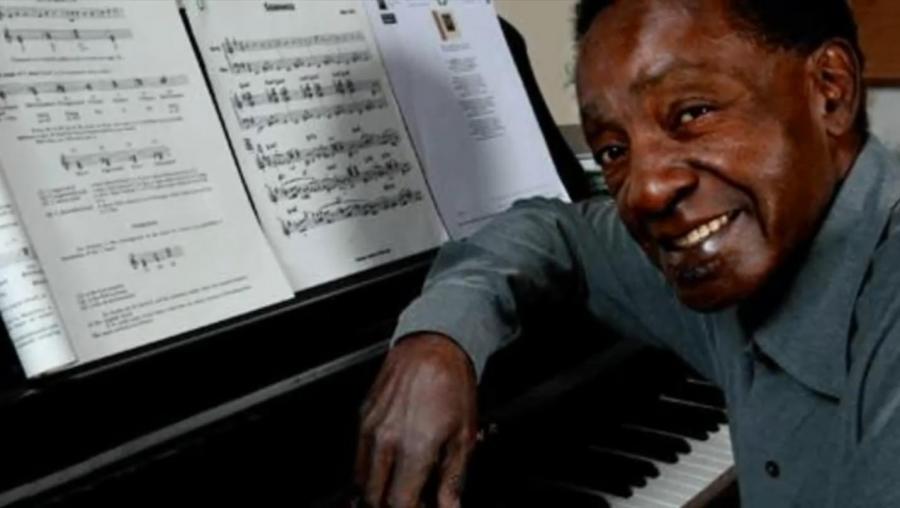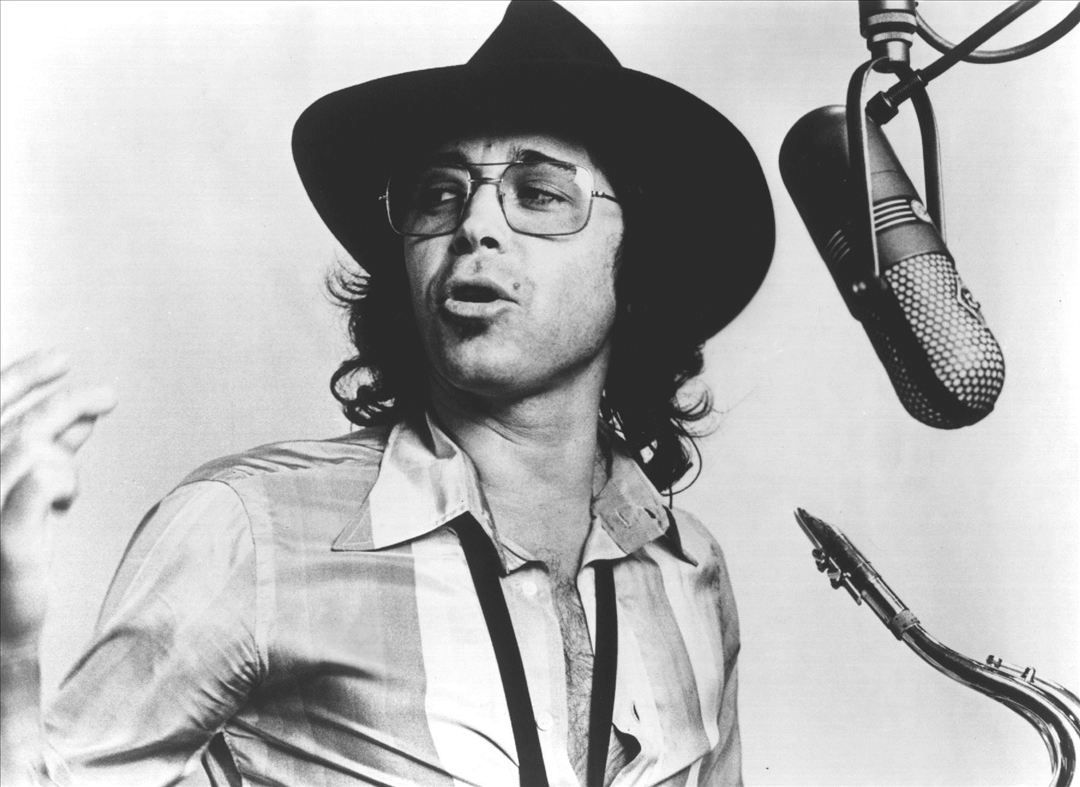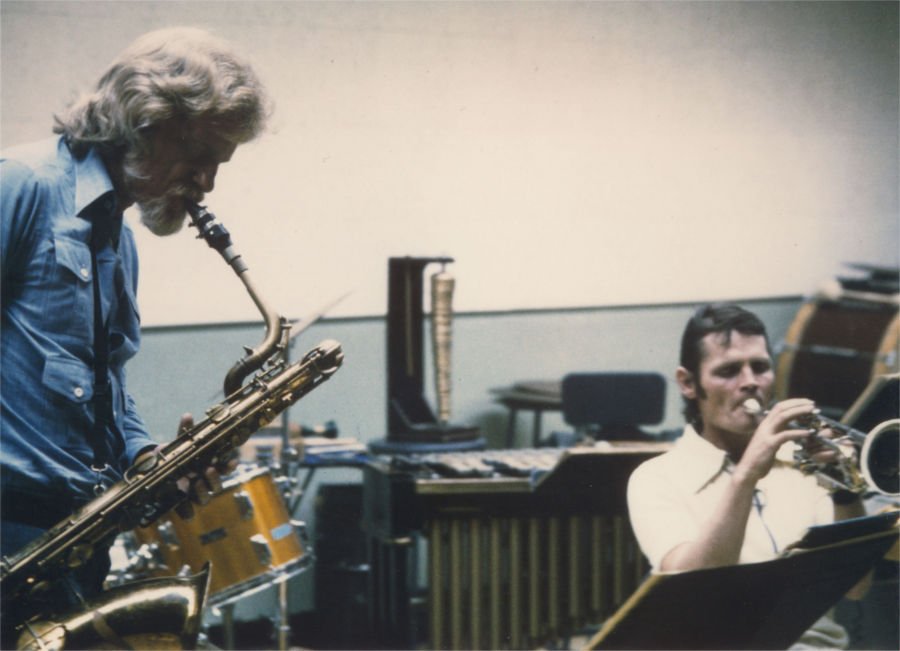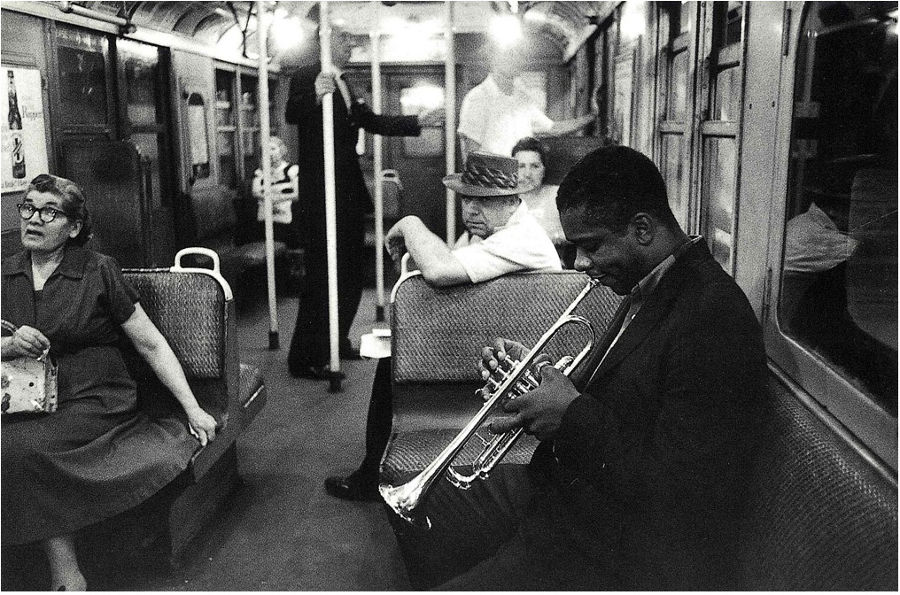[Monday Notes no. 61] Bill Evans combined jazz and the harmonies of European classical composers such as Claude Debussy and Maurice Ravel. No wonder then that many of his compositions have the 3/4 time, used in Europe but almost non-existent in jazz, at least until the 1950s. Let’s analyze his jazz waltz entitled Waltz for…Continue readingBill Evans, Waltz For Debby. From Debussy to the jazz piano
[Monday Notes no. 60] Among the many outstanding musicians Miles Davis chose for his bands, one of the lesser known is certainly Wynton Kelly. In Miles’ lineups, Wynton Kelly came after Bill Evans and immediately before Herbie Hancock. Let’s listen to his No Blues, taken from the album Smokin’ At The Half Note, which he…Continue readingWynton Kelly & Wes Montgomery, No Blues
[Monday Notes No. 59] Both born at the turn of the century, Louis Armstrong and Bessie Smith recorded this duet on W.C. Handy’s St. Louis Blues in 1925. By the 1920s jazz was changing from the mainly collective music of the New Orleans groups to music where more emphasis was placed on individual improvisation.Continue readingBessie Smith & Louis Armstrong, St. Louis Blues
[Monday Notes No.58] Sunny is a 1966 Bobby Hebb song, a great Soul music classic. The very simple but effective harmonic progression has made the song enter the jazz repertoire. So it is often the case that Sunny is played in jam sessions, especially jazz-rock ones. Here is the analysis of the song and the…Continue readingBobby Hebb, Sunny. A Soul piece that is ideal for playing Jazz.
[Monday Notes No. 57] Vidala triste is the final track on Gato Barbieri’s album Bolivia. It is the only sung piece of the whole album, a melancholic nursery rhyme rather than a real song. Gato Barbieri combines popular music of the Andes and jazz music, creating very evocative and interesting music.Continue readingVidala Triste, Gato Barbieri’s journey between the Andes and jazz
[Monday Notes No. 56] Merceditas is taken from Bolivia, one of Gato Barbieri’s best albums. The song makes extensive use of the pentatonic scale. The scale is used in various musical cultures, from Africa to the Far East, to Andean folk music, which uses instruments tuned precisely to the pentatonic scale.Continue readingGato Barbieri, Merceditas. Music of the Andes meets Jazz
[Monday Notes No. 55] Gerry Mulligan was the inventor of the piano-less jazz group. Giving up the harmonic instrument, his quartet consisting of two woodwinds, double bass and drums favored polyphony and the freedom of the soloists, thus creating a new and different sound. Let’s analyze his performance of Bernie’s Tune.Continue readingBernie’s Tune, Gerry Mulligan and cool jazz
[Monday Notes no.54] Donald Byrd was one of the most important trumpet players of the hard bop period. In his composition Ghana, the trumpeter leads the most typical of ensembles, the jazz quintet consisting of trumpet, saxophone and rhythm section.Continue readingDonald Byrd, Ghana. A classic hard bop piece.
[Monday Notes no. 53] My Funny Valentine is a song by Richard Rodgers and Lorenz Hart. Chet Baker, Frank Sinatra and Sarah Vaughan have made particularly memorable interpretations of it. The song is a great jazz classic and is composed in a very special way. Let’s try to unveil the secret of its creation.Continue readingMy Funny Valentine, Sarah Vaughan. Melody first.
[Monday Notes n.52] Armando Trovajoli was a great interpreter of the Italian school of film music. In his music he gathers ideas and suggestions from different musical genres: from string orchestra to rock, from South American music to jazz. Let’s analyze the main theme of the movie Le canard a l’orange.Continue readingArmando Trovajoli, Le canard a l’orange. The Italian School of Film Music

